On the Art, Science and Philosophy of Child Rearing
Teach your children to love to read, love to pursue truth, and reach out to others and they will have a good start in life.
This discussion is based on my experiences and observations over many years. When I talk about specific scientific principles, they are what I have decided to be as such and I well imagine that this will drive many psychologists insane (interesting thought). Same thing with how I define positive and negative reinforcements. Anyway I stand by what I have said and hope it will be of value to you. If not, I will still go fishing whenever I have the desire.
Normally we approach areas of our culture as being of the arts or of the sciences. When we look deeper we normally see that most areas claim to be of both, and in fact they are. Examples are the science of medicine (vaccines) and the art of medicine (bedside manner), the science of agriculture (soil analysis) and the art of agriculture (the green thumb), the science of motivation (behaviorism) and the art of motivating (salesmanship). However there is a third area that permeates through everything, philosophy. This has to do with ideas and beliefs of things not proven or provable. Before going further it would be a good idea to define these three terms. Listed below are the definitions of the terms used in this treatise.
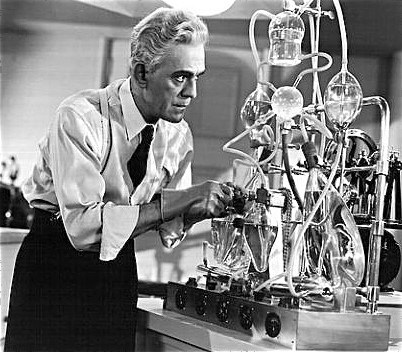
Science: use of inductive reasoning based on observable data collected in a methodological manner. The reasoning allows for the development of principles, theories and laws. It should be objective and reproducible. (My definition)
A scientific principle can be shown to be true by reproducing the activity. If all the variables are the same, the results should be the same. An example of a scientific principle in child rearing is pain reduces a type of behavior and pleasure increases it.
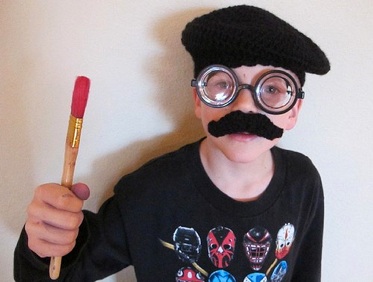
Art: skill arising from the exercise of intuitive faculties (7b of Dictionary.com). In art the concepts are less clear and the results may vary significantly when the activity seems to be reproduced exactly. One skilled in the art has a sense of how to modify the activity to get the same results. A person skilled in the art of rearing a child may treat two children differently in the same activity based on an intuitive sense, yet get the same results.

Philosophy: A set of ideas or beliefs relating to a particular field or activity; an underlying theory (7 of Dictionary.com) Philosophy has many definitions but I picked this one because it highlights the difference between “ideas and beliefs” and “objective and reproducible” (Science). “It is wrong to spank a child” is a philosophical statement which may or may not be based on a scientific principle and/or a concept of art.
One of the problems in discussions on child rearing is that those who study the science try to dictate methods used in the art, when their dictates are really based on their philosophy. In other words “experts” (psychologists) often study the science of behavior and then write articles on the art of behavior as if it were based on science when it is really based on their philosophical perspective.
(An aside) For what it's worth, I am familiar with psychology because it was what I received my first degree in. One of the most notable things I remember about it was that it seemed the majority of the students who were in my classes were trying to figure out who they were. Scary isn't it? By the way, don't ask me to explain why I was studying psychology; that would be rude.
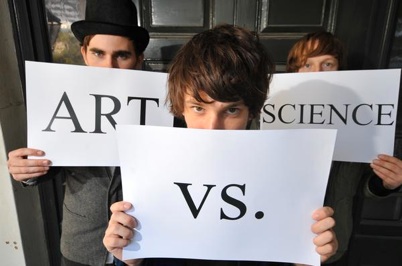
(Back to the point) Leaving philosophy aside, science and art both cover the same areas of child rearing, even talking about the same things. When does the science end and the art begin? That is a good question that really doesn't have an answer. The more we learn about the principles and are able to isolate the variables, the more art merges into science. The reason art is so much harder to teach is because of the lack of understanding and complication of the variables.
Two scientific principles used in child rearing are: The Principle of Progression of Choice and Principles of Reinforcement. By looking at these we can see how art and philosophy can get confused with science.
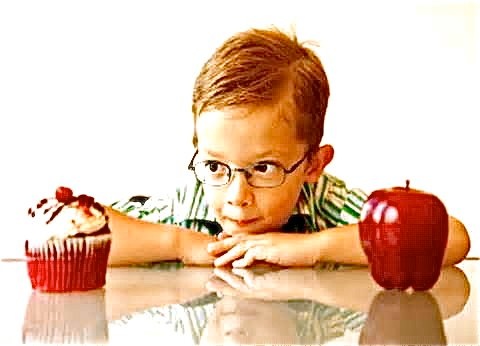
The Principle of Progression of Choice is quite simple. It can be stated as thus: for a child to develop safely and healthfully the child should begin with minimal choice and parents have maximum choice. Over time, the child receives more as the parents relinquish it until the young adult has maximal choice and the parent minimal.
It is quite obvious that an infant is incapable of making choices and the parent has to control everything. This requires the parents to make all of his choices for him. It is also obvious that once the young adult leaves the home he will have to make his own choices if he is to be successful. Science shows this to work best with a gradual and progressive change from birth to adulthood.
The problem is that science does not have a formula that tells you how much and what choices you should allow your child to make, and at what age and in what areas they should be. That is where the art comes in. The more you are skilled at the art of child rearing, the easier and less problematic this process is.
You may notice that the “experts” are quick to tell you that you made a mistake after the fact, but will only suggest possibilities before you make your decision. Another problem is the expert often gives his opinion as if it was science when, in fact, it is a philosophical view. (You should never make your child feel bad; it will damage his self-esteem.)

Another area where science, art and philosophy get confused is in regard to the principles of reinforcement. These are somewhat more complex, but still relatively simple. Reinforcement can be classified into two basic categories. These are positive and negative. Both of these categories depend on a continuum called “intensity of reinforcement.”
Negative reinforcement in child rearing is when a child receives unpleasant consequences for a specific behavior. An example of a negative reinforcement is the pain a child receives as a consequence of touching a hot pan. (Note natural consequences often effectively include negative reinforcements in modifying behavior.) Positive reinforcement is when a child receives pleasant consequences for a specific behavior. An example of this is the pleasure a child receives when given a toy for saying the toy's name. The scientific principle is: negative reinforcement decreases a behavior, and positive reinforcement increases it.
Intensity of Reinforcement has to do with the strength of the stimulus. It works equally well whether the reinforcement is positive or negative. A child might not do his homework for $1.00, but will be eager to do it for $100.00. The scientific principle is: the greater the stimulus of the reinforcement, the greater the chance of change in behavior.
The science of behavior also states that if there is positive reinforcement for a specific behavior and a negative reinforcement for the opposite behavior the change in behavior toward the positive reinforcement will be greater than either reinforcement by itself. For those of us old enough to remember, this is referred to as the “carrot and the stick.”
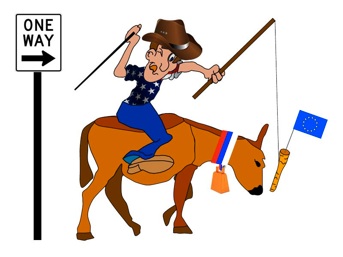
In child rearing the scientific principles are easy to understand. The difficulty is using them as a skillful artisan of childrearing so the child develops what society would call positive behavior with minimal negative side effects.
Science tells you what works and artistic skill makes it happen. When developing the skill, be aware that a lot of the advice is not based on experience or science but on someone's philosophy.
It is my opinion that much of what we are told we should, and should not, do is based on little science, less art and a lot of philosophy. Once this is understood it makes it easier to challenge the experts and demand that they show us the research (and not just their conclusions).
enough





